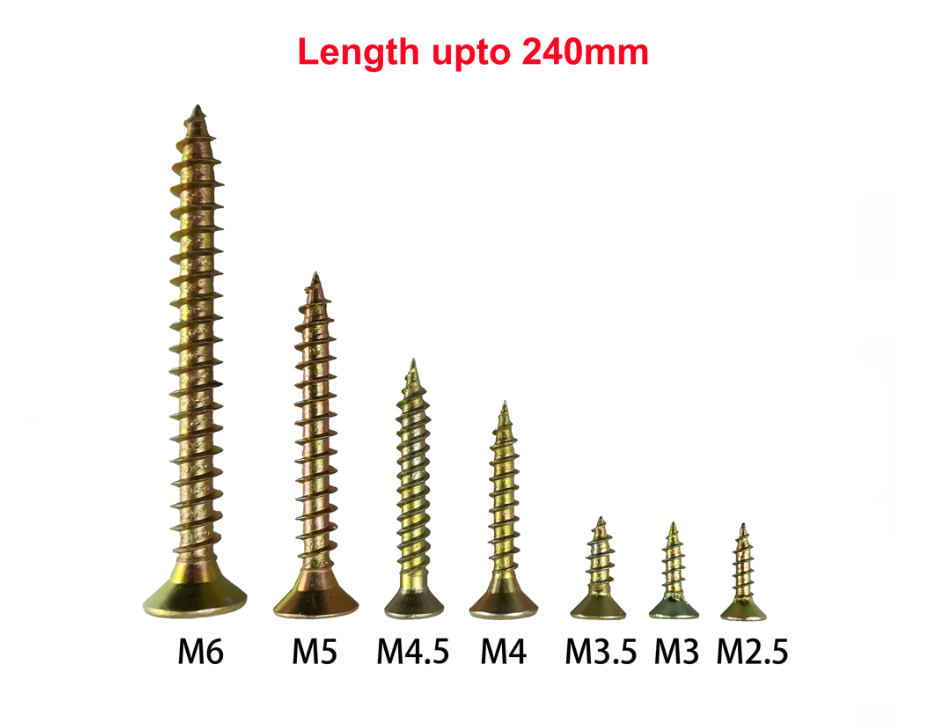spring washer or flat washer first product
Understanding Spring Washers and Flat Washers Which One to Choose?
When it comes to ensuring the durability and stability of mechanical components, the choice between spring washers and flat washers becomes pivotal. Each washer type serves a unique purpose and is suited for different applications, and understanding their distinctions can help in making the right decision for your project.
Flat Washers The Basics
Flat washers are circular plates with a hole in the center, typically made from materials like steel, stainless steel, or plastic. Their primary function is to distribute the load of a fastener, such as a bolt or screw, over a larger surface area. This helps to prevent damage to the material being fastened and minimizes the risk of loosening under vibrational conditions.
One common use of flat washers is in securing connections between a nut and a surface. By providing a smooth contact point, flat washers help in reducing friction and wear, thereby extending the life of both the fastener and the connected materials. They are uncomplicated, easy to install, and ideal for a variety of applications, from household repairs to industrial assemblies.
Spring Washers Designed for Tension
spring washer or flat washer first product

In contrast, spring washers, often known as lock washers, are designed to provide tension and prevent loosening. Unlike flat washers, spring washers are typically made from hardened steel and have a helical shape or a curved form. This design allows them to compress when under load and exert a force that keeps the fastener tightly secured against vibrations and dynamic loads.
They are particularly beneficial in applications where vibration is common, such as in automotive or aerospace industries, where safety is critical. By maintaining tension, spring washers reduce the need for constant maintenance and ensure that connections remain secure over time.
Which One to Use?
The decision between using a spring washer or a flat washer hinges on the application requirements. If the goal is to prevent loosening caused by vibrations, spring washers are ideal due to their gripping nature. Conversely, if the focus is on load distribution and surface protection, flat washers should be your choice.
In summary, both spring washers and flat washers play integral roles in fastening techniques. Understanding their attributes and applications can greatly enhance the efficiency and safety of your mechanical assemblies. Therefore, carefully evaluate the needs of your project to select the appropriate washer type, ensuring lasting connections and optimal performance.
-
Top Choices for Plasterboard FixingNewsDec.26,2024
-
The Versatility of Specialty WashersNewsDec.26,2024
-
Secure Your ProjectsNewsDec.26,2024
-
Essential Screws for Chipboard Flooring ProjectsNewsDec.26,2024
-
Choosing the Right Drywall ScrewsNewsDec.26,2024
-
Black Phosphate Screws for Superior PerformanceNewsDec.26,2024
-
The Versatile Choice of Nylon Flat Washers for Your NeedsNewsDec.18,2024










